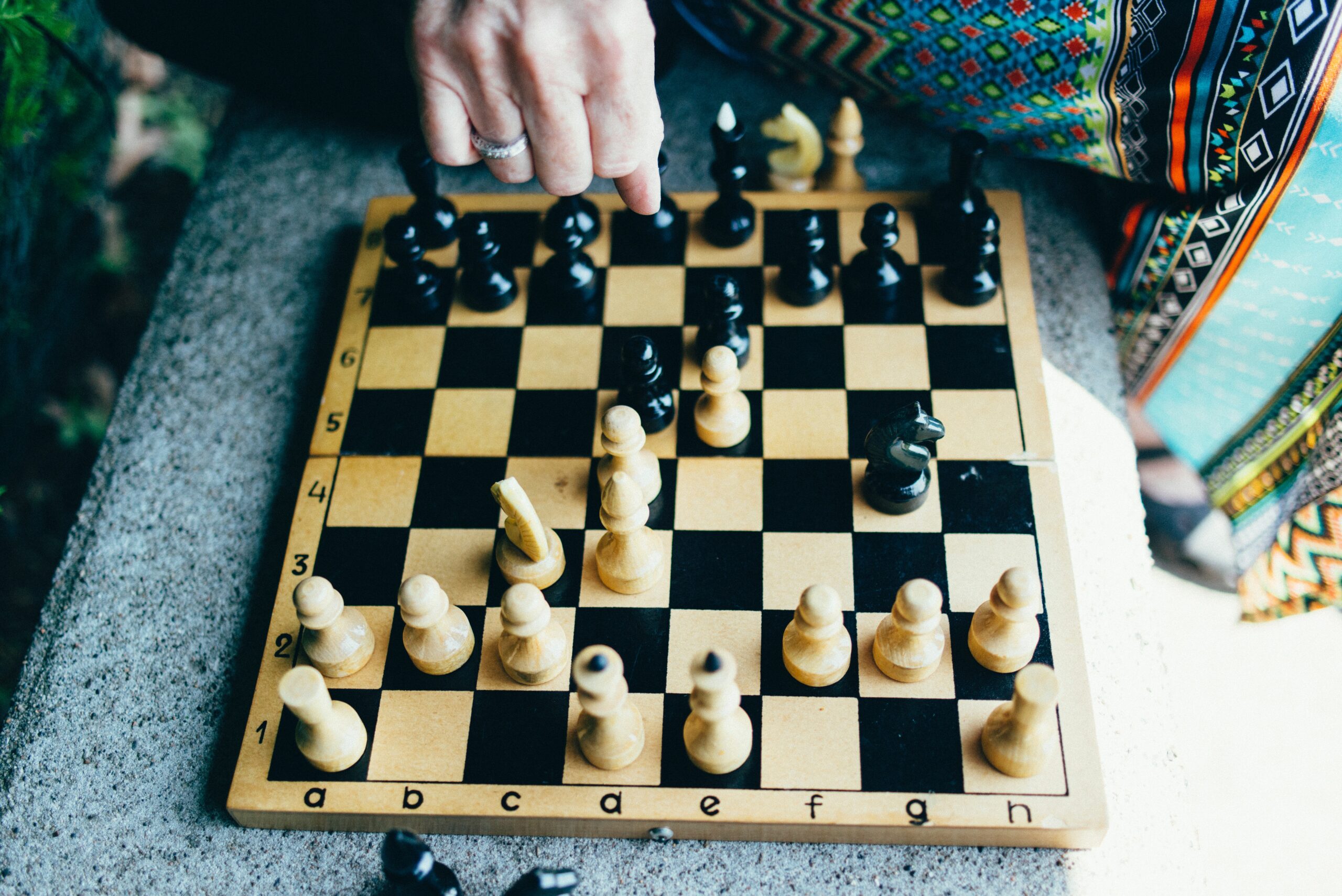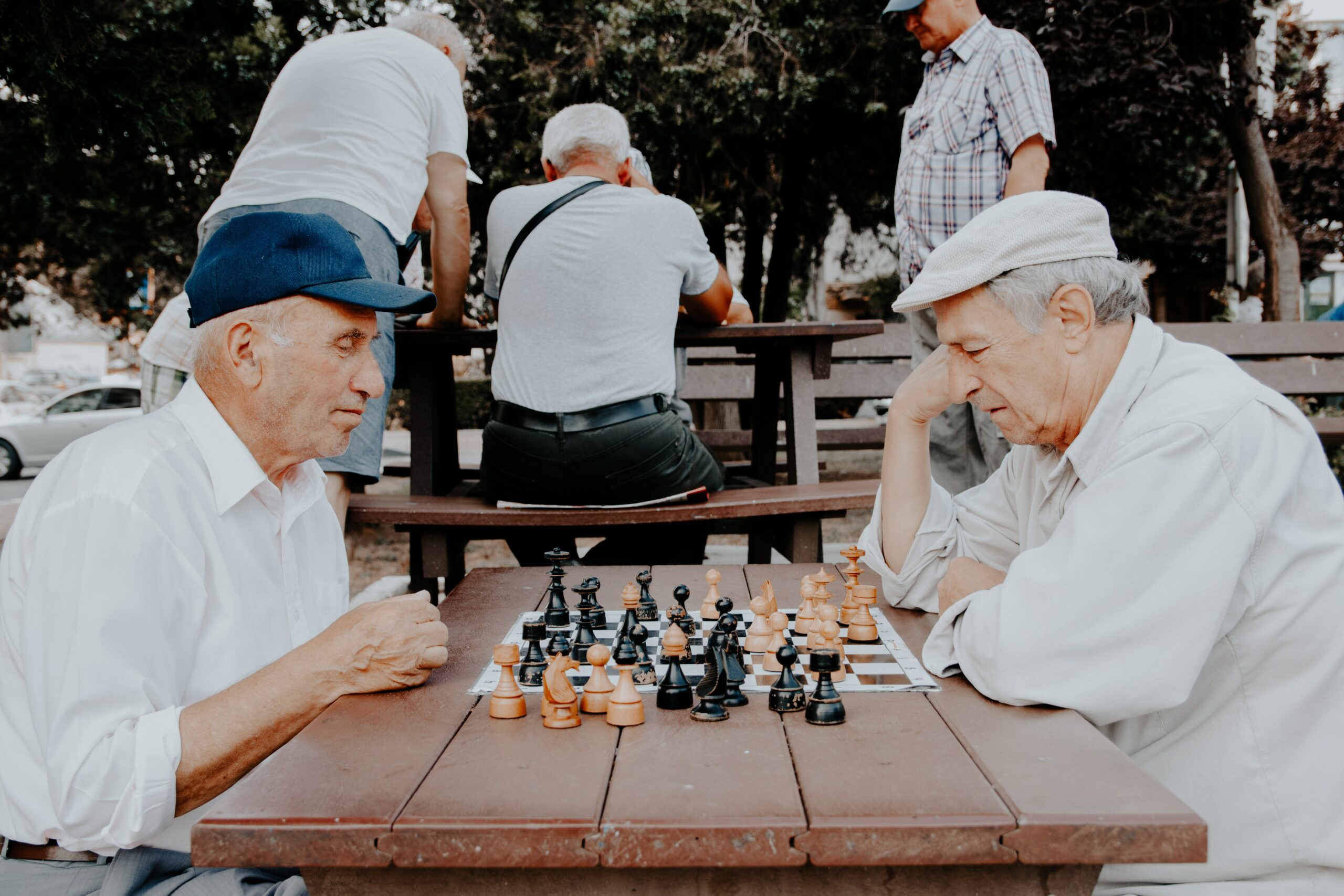Chess is a game that has captivated minds and challenged strategic thinking for centuries. Whether you’re a beginner or an experienced player, understanding the intricacies of chess moves is essential to achieving victory on the board.
Every move in chess carries significance, and the ability to make the right move at the right time can often determine the outcome of the game. In this article, we will explore various aspects of chess moves, from essential factors to consider, different piece movements, opening moves, common mistakes to avoid, strategic decision-making, and more.
By the end, you’ll have a solid foundation to enhance your chess gameplay and make informed moves that can lead you to triumph.
What are the essential factors to consider before making a chess move?
Chess is a game of strategy, and before making a move, it’s crucial to evaluate several factors. Firstly, analyze the position of your pieces and their coordination. Additionally, consider the opponent’s pieces and their potential threats.
Identify any weaknesses in their position that you can exploit. Next, assess the pawn structure on the board as it can dictate the flow of the game. Furthermore, think about the overall game plan and the long-term consequences of your move.
How do different chess pieces move and what strategies can be used with each?

Each chess piece has its unique movement pattern and strategic value. Understanding these movements and employing effective strategies can significantly impact your gameplay. The king is the most critical piece, and protecting it is vital.
The queen is the most versatile and powerful piece, capable of both offense and defense. Knights have a unique “L-shaped” movement and are excellent for maneuvering around the board. Bishops move diagonally and can be strategically positioned to control long diagonals.
Rooks move horizontally and vertically, making them ideal for controlling open files and ranks. Finally, pawns move forward but capture diagonally, and their proper advancement can create opportunities for attacks and blockades.
What are the common mistakes to avoid while deciding on a chess move?
Chess is a game of precision, and making mistakes can be costly. One common mistake is neglecting the importance of development. Failing to develop your pieces early can leave them ineffective and hinder your ability to control the board.
Another mistake is overlooking the opponent’s threats. Failing to assess their potential moves and ignoring their plans can lead to devastating consequences. Rushing moves without proper calculation is yet another mistake. It’s crucial to analyze the possible outcomes of your move, including potential captures and counterattacks.
Ignoring pawn structure and its impact on the position can also be detrimental. Lastly, falling into predictable patterns or playing on autopilot can make you susceptible to your opponent’s tactics. By avoiding these mistakes, you can maintain a strong position and make more effective moves.
How can I analyze the opponent’s moves to make better decisions?
Analyzing your opponent’s moves is a fundamental aspect of chess strategy. Start by observing their pawn structure and piece placement. Identify any weaknesses or opportunities that you can exploit.
Pay attention to their tactical motifs and patterns. Assess their king’s safety. If their king is vulnerable, consider launching an aggressive attack.
Furthermore, evaluate their pawn breaks and any potential positional concessions they make. Lastly, watch for any subtle strategic themes that may be employed, such as provoking weaknesses or creating imbalances.
Is there a specific opening move that increases my chances of winning?
Certainly! In chess, the opening moves play a critical role in shaping the game’s direction and setting the stage for the middle and endgame. While there is no specific opening move that guarantees a win, some openings have been extensively studied and employed by players worldwide.
These openings offer strategic advantages, and control of the center, or create imbalances to exploit. However, the key to success lies not in a single opening move but in understanding the underlying concepts of various openings and adapting your playstyle accordingly.
Each opening has its strengths and weaknesses, and the key to winning lies in how well you execute your strategy and capitalize on your opponent’s mistakes throughout the game.
| Opening Name | Move Sequence | Description |
|---|---|---|
| Italian Game | 1.e4 e5 2.Nf3 Nc6 3.Bc4 | A classic opening that focuses on controlling the center and preparing for development. |
| Sicilian Defense | 1.e4 c5 | A popular defensive setup that aims to challenge White’s control of the center. |
| Queen’s Gambit | 1.d4 d5 2.c4 | White offers a pawn to gain control of the center and disrupt Black’s pawn structure. |
| Ruy Lopez | 1.e4 e5 2.Nf3 Nc6 3.Bb5 | A strategic opening that aims to control the center and prepare for effective piece development. |
| King’s Indian Defense | 1.e4 g6 2.d4 Bg7 3.Nf3 d6 4.Be2 Nf6 5.Nc3 O-O | A solid defense that allows Black to develop their pieces and create counterplay. |
When is it advantageous to sacrifice a chess piece?
Sacrificing a chess piece can be a bold and effective move if executed correctly. There are several scenarios where sacrificing a piece can provide strategic advantages. Sacrificing a knight or bishop can often open up lines for your remaining pieces and create tactical opportunities.
Sacrificing a pawn can lead to a strong initiative or disrupt the opponent’s pawn structure. Sacrificing a rook can result in a powerful attack on the opponent’s king or create tactical complications. Sacrificing the queen is the most daring move, often reserved for situations where it leads to a decisive advantage or checkmate.
However, it’s important to evaluate the potential outcome carefully and ensure that the sacrifice provides sufficient compensation and long-term benefits. Sacrifices should be based on a sound analysis of the position and a thorough calculation of the resulting variations.
How can I leverage positional advantages to determine the best move?

Positional advantages play a crucial role in chess decision-making. Evaluating the pawn structure is essential as it shapes the game’s dynamics. Identify weak pawns or pawn islands in your opponent’s position and exploit them by applying pressure or launching an attack.
Control of key squares is another significant advantage. Occupy important squares with your pieces, restrict your opponent’s mobility, and establish a dominant position. King safety is paramount, so ensure your king is well-protected while aiming to weaken your opponent’s king’s defenses.
Understanding the imbalances in material, such as having a bishop against a knight, can also guide your decisions. Lastly, piece activity and coordination are critical for optimal play. Coordinate your pieces effectively to maximize their influence on the board and create threats.
What are the most effective tactics to employ during the middle game?
The middle game is a crucial phase where the game’s direction becomes clearer, and players maneuver to gain an advantage. Several tactics can be employed during this phase to seize the initiative.
One effective tactic is the double attack, where you simultaneously threaten two pieces or targets, forcing your opponent into a disadvantageous decision. Forks, where a single piece attacks two or more opponent’s pieces simultaneously, can also disrupt their coordination and create opportunities for material gain.
Pins are another powerful tactic, where a piece is immobilized due to the threat against a more valuable piece behind it. Skewers, on the other hand, involve attacking a more valuable piece and forcing it to move, revealing a more vulnerable piece behind it.
These tactics, along with others like discovered attacks and deflections, can help you gain an edge during the middle game and set the stage for a successful endgame.
How do I adapt my strategy based on the chessboard’s current state?
Adaptability is key in chess, as the dynamics of the game constantly change. The state of the chessboard should guide your decision-making process. If the position is closed with limited piece mobility, focus on pawn breaks to create openings.
In open positions with spacious diagonals and open files, emphasize piece activity and coordination to exploit the available space. If the position is unbalanced, with imbalances in material or pawn structure, exploit these disparities to create advantages.
Consider the time factor; in time-pressured situations, simplify the position to reduce complexities and potential errors. Additionally, evaluate the level of risk you’re willing to take. In equal positions, aim for positions that are more challenging for your opponent or have greater potential for tactical complications.
Are there specific moves that can help me in a time-pressured situation?
In time-pressured situations, maintaining composure and making quick, yet calculated, moves is crucial. Simplifying the position is often a wise approach to reduce complexity and increase clarity. Identify exchanges that favor your position or lead to a more favorable endgame.
However, be cautious not to simplify prematurely and give your opponent an advantage. Rely on known opening moves and plans rather than experimenting with unfamiliar strategies.
Keep a mental checklist of key principles such as king safety, piece activity, and pawn structure. Additionally, prioritize moves that put pressure on your opponent, forcing them to spend time and make difficult decisions.
How can I anticipate my opponent’s moves and plan accordingly?

Anticipating your opponent’s moves is a valuable skill that can give you a significant advantage in chess. Pay close attention to their previous moves and patterns. Look for recurring motifs or strategic ideas they tend to employ.
This can help you predict their future moves and prepare countermeasures. Analyze their weaknesses and vulnerabilities, and consider moves that exploit those areas. Understand their playing style and preferences.
Some players favor aggressive, tactical play, while others prioritize strategic maneuvers. Additionally, assess the position from your opponent’s perspective.
What are the key elements of a successful endgame strategy?
In the endgame of a chess game, a successful strategy involves several key elements that can greatly influence the outcome. These elements include:
-
King Activity: Actively involve your king in the endgame by bringing it closer to the center of the board. A centralized king can support your pawns and participate in piece coordination.
-
Pawn Promotion: In the endgame, advancing your pawns to reach the promotion square is crucial. Create opportunities for pawn promotion by advancing them while hindering your opponent’s pawn advancement.
-
Piece Activity: Even in the endgame, active pieces are vital. Activate your rooks and other remaining pieces to control open files and ranks, exploit tactical opportunities, and support your strategic goals.
-
King Safety: Despite the dwindling number of pieces on the board, king safety remains important. Be aware of potential checks and mate threats, and ensure that your king is protected.
-
Endgame Principles: Familiarize yourself with basic endgame principles and tactics, such as king and pawn endgames, zugzwang (a situation where any move leads to a disadvantage), and opposition (the concept of maintaining a position in front of the opponent’s king).
All in all
Chess is a game that demands strategic thinking, precision, and adaptability. The ability to make informed moves at critical junctures can determine your success on the chessboard. By considering essential factors such as piece coordination, pawn structure, and long-term consequences, you can make decisions that align with your strategic goals.
Understanding the unique movements and strategies associated with each chess piece provides valuable insights into their potential and how they can contribute to your overall gameplay. Exploring popular opening moves and being aware of common mistakes to avoid will enhance your understanding of the game’s early stages.
Analyzing your opponent’s moves, leveraging positional advantages, and making sacrifices when advantageous will further elevate your gameplay. Adapting your strategy based on the current state of the chessboard and anticipating your opponent’s moves allows you to plan and execute your own moves with confidence.
The endgame requires careful maneuvering and accurate calculation, with considerations for king activity, pawn promotion, piece activity, and overall endgame principles. By honing these skills and strategies, you can elevate your chess gameplay and increase your chances of achieving victory.




